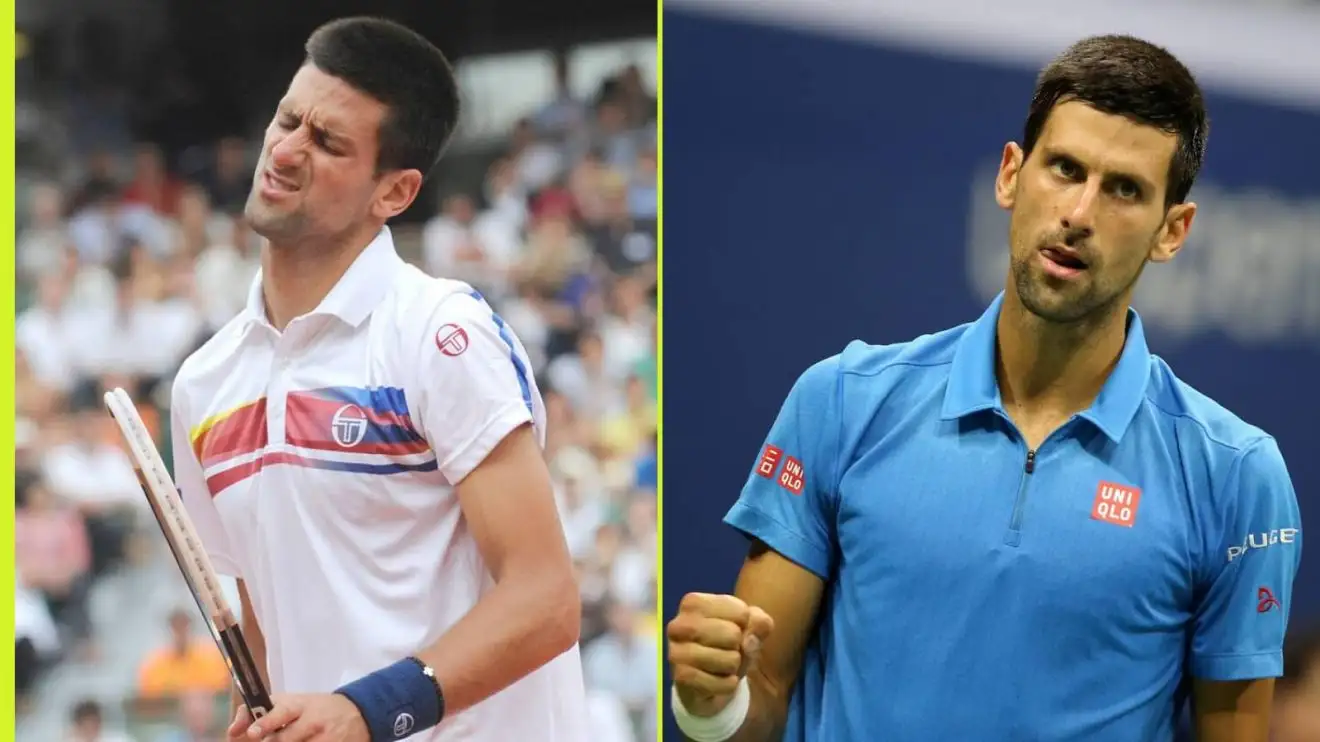Impact of Walkovers on Tournament Structure: Walkover In Tennis

Walkover in tennis – Walkovers can have a significant impact on the scheduling and progression of tennis tournaments. They can disrupt the planned order of play, leading to delays, rescheduling, and potential unfairness to players and spectators. Let’s explore the implications of walkovers and suggest ways to optimize tournament structures to minimize their impact.
Scheduling and Progression, Walkover in tennis
Walkovers can disrupt the scheduled order of play, especially in single-elimination tournaments. If a higher-ranked player withdraws, it can create a gap in the draw, forcing organizers to adjust the schedule. This can lead to delays and inconvenience for other players, spectators, and tournament staff.
Implications for Players
Walkovers can have varying implications for players. For the player receiving the walkover, it can be a fortunate break, allowing them to advance without playing a match. However, it can also be a disadvantage, as they may miss out on valuable match practice and ranking points.
For the player withdrawing, a walkover can be a setback, potentially costing them ranking points, prize money, and the opportunity to compete. It can also impact their momentum and confidence, especially if they were considered a favorite to win the tournament.
Implications for Organizers and Spectators
Walkovers can also affect tournament organizers and spectators. For organizers, they can create logistical challenges, such as rescheduling matches and adjusting the draw. They can also impact ticket sales and revenue if highly anticipated matches are canceled.
For spectators, walkovers can be disappointing, as they may have paid to see specific players compete. They can also disrupt the flow of the tournament and create uncertainty about the schedule.
Optimizing Tournament Structures
To minimize the impact of walkovers, tournament organizers can implement several strategies:
- Allowing for alternates: Designating alternate players who can step in if a player withdraws. This ensures that matches are not canceled and the tournament can proceed smoothly.
- Using a double-elimination format: In double-elimination tournaments, players must lose twice before being eliminated. This provides a second chance for players who lose their first match and reduces the impact of walkovers.
- Adjusting the draw: If a player withdraws, organizers can adjust the draw to ensure that the remaining players have a fair chance of advancing. This may involve giving a bye to a lower-ranked player or re-seeding the tournament.
- Communicating with players and spectators: Providing clear and timely information about walkovers and any schedule changes. This helps manage expectations and minimize inconvenience.
Walkovers in tennis, where one player wins without their opponent even taking to the court, are a bit like the cricketing equivalent of Ravi Bishnoi taking a wicket without bowling a ball. It’s a bit of a bummer for the fans, but it’s also a testament to the skill and dominance of the player who gets the walkover.
In tennis, a walkover occurs when a player or team wins without playing a match. It can happen for various reasons, such as injury or withdrawal. Speaking of walkovers, have you heard about the upcoming cricket match between India and Zimbabwe in 2024?
India vs Zimbabwe 2024 is expected to be a thrilling encounter, and I’m eagerly waiting to see who comes out on top. But back to tennis, walkovers can significantly impact tournament outcomes and player rankings, making them an important aspect of the sport.